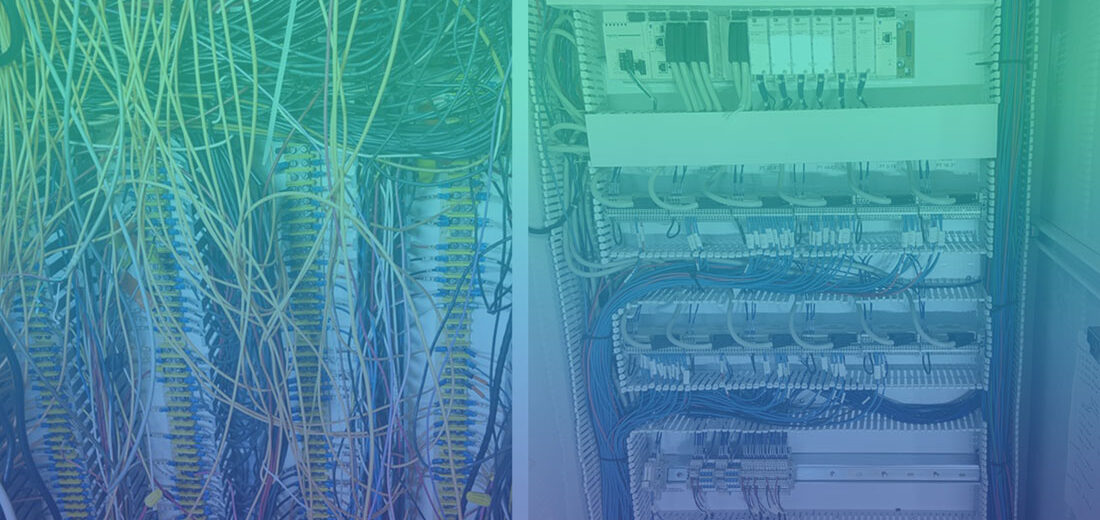UPGRADING: Ride the (PLC) Five No More
Once upon a time in the 1970s, when Controls Engineers rode brontosauruses to work each day, the only way to automate a control system was to fill a medium-sized room with relays, wires, and a whiff of desperation.
And when the plant operator reported that things weren’t working right, or the process engineer wanted an improvement, the Controls Engineer would reach into their loincloth for a screwdriver and retreat to the medium-sized room for far too long.
Of course, all this changed in the 1980s. The Controls Engineer traded the brontosaurus and loincloth for a wooly mammoth and leg warmers. And most importantly, the medium-sized room became a somewhat smaller room with a PLC in it. By the time Glasnost and Perestroika became words we know, the PLC-5 was on the scene and quickly became a dominant force in the U.S. market for more than 20 years. That’s a pretty good run in anyone’s book, but it also corresponds with the explosion of automation enabled by lower cost-of-ownership solutions like PLCs and PC-based HMIs. All of which means that the workhorse PLC-5, and it’s smaller sibling the SLC500, were deployed in huge numbers over an extended timespan, and even after over 10 years of obsolescence these magnificent beasts are still carrying their load—and in some cases more than they can handle
There’s a good chance an in-service PLC-5 or SLC-500 will continue to do its job for years to come, but the stakes in this gamble are becoming exponentially higher as “new old stock” disappears, secondary sources like eBay dry up, and the MacGyver methods of keeping things running get more and more…creative.
We understand that our customers don’t take these gambles because they’re fun. Limited budgets and conflicting priorities are a reality. Critical systems can’t be taken down for much needed refits. And sometimes staffing shortages can leave a plant without the direction-setting and expertise needed to prioritize or launch into these projects.
Fortunately, the upgrade path from a PLC-5 is straightforward, aside from a few hiccups that by now are well-known. After doing dozens of projects like this, Avanceon has compiled a playbook of things to look for and how to approach them, which is a huge help when working with limited budgets and blink-and-miss-it downtime windows.
The software and hardware aspects of the conversion require equal attention. Key hardware considerations include whether to do an in-kind replacement of PLC-5 with ControlLogix, or to use a CompactLogix; whether to use Rockwell’s wiring conversion kit, and if all your crazy communication modules have direct replacements.
On the software side, things seem a little simpler because the program Migration Utility gets most of the work done. And while there are still hundreds or potentially thousands of manual touchpoints, they’re usually straightforward. Speaking from experience, the hardest thing to overcome as the integrator is that by the time, we’re ready to go to the startup, we’re still not experts in the operation of the system. Think about it: in a straightforward-up conversion, there’s no software design phase and no functional specification. So how do we perform useful testing without really understanding how the system works? This is an area where a little time up front to learn the system can pay big dividends at crunch time.
When you decide to trade in your leg warmers for whatever it is that people wear these days, it can seem daunting, but we can help get you where you want to go. And after all, think about how that first Controls Engineer must have felt trading in the ol’ brontosaurus for that sleek new mammoth. Kidding aside, it’s not just a direct replacement – it’s an enabler of things you may not have even considered yet.









